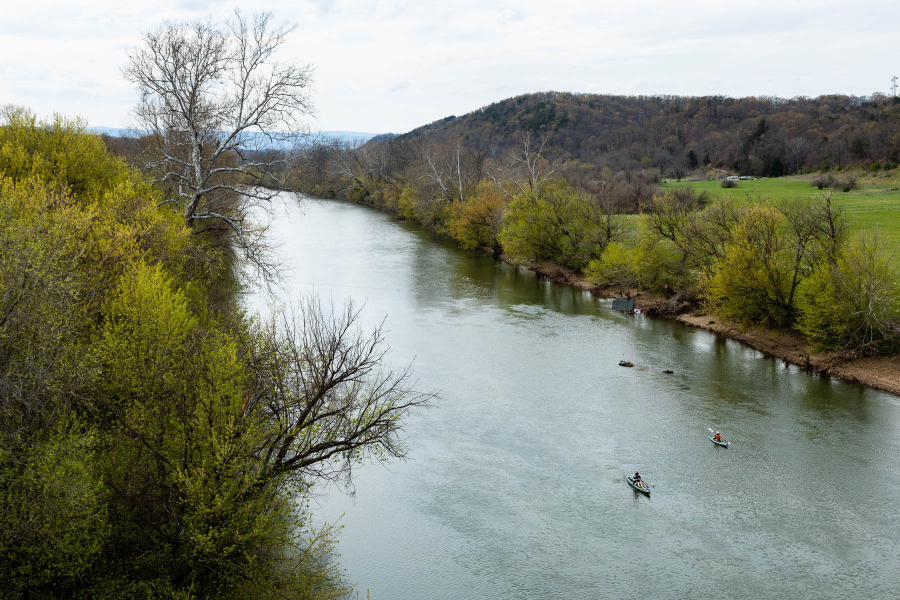Bay Foundation grades health of the Chesapeake Bay a D+
Record rainfall in 2018 contributes to first decline in 10 years

The first assessment of Bay health in 2019 shows mixed results. In the biennial “State of the Bay” report, issued by the Chesapeake Bay Foundation (CBF), the health of the Bay dropped one point, lowering its score from a C- in 2016 to a D+ in 2018. While underwater grasses and dissolved oxygen show promising signs of resiliency, nutrients and water clarity contribute heavily to the lower score.
CBF assigns the Bay’s grade based upon the best available information in three categories: pollution, habitat and fisheries. The foundation of this information primarily comes from monitoring data, supported by in-the-field observations. Each of the 13 indicators in the three above categories is assigned a score, which are then averaged together and compared against the gold standard of Bay health: the pristine conditions that Captain John Smith encountered in the 17th century.
Over the past few months, scientists and other experts have cautioned what the impact would be on the health of the Bay from the record rainfall observed throughout the watershed in 2018. This report confirms that the extreme weather did play a significant role in the decline of the Bay’s health, and it remains to be seen what the longer-lasting effects will be.
Only three of the 13 indicators showed improvement over the past two years: dissolved oxygen, underwater grasses and resource lands. The increased amount of freshwater flowing into the Bay from the rainfall over the past year, along with mild temperatures lasting later into the fall, helped raise the amount of dissolved oxygen in the Bay, leading to an average-sized “dead zone” in 2018.
Underwater grasses continued to break records in early 2018, topping more than 100,000 acres for the first time since monitoring began over 30 years ago. And the number of acres permanently protected from development across the watershed is now over one million acres–more than half of the Chesapeake Bay Program’s land conservation goal.
Continue tracking the health of the Bay by visiting ChesapeakeProgress, the Chesapeake Bay Program’s one-stop shop for accurate and accessible data about the health of the Bay.

Comments
There are no comments.
Thank you!
Your comment has been received. Before it can be published, the comment will be reviewed by our team to ensure it adheres with our rules of engagement.
Back to recent stories